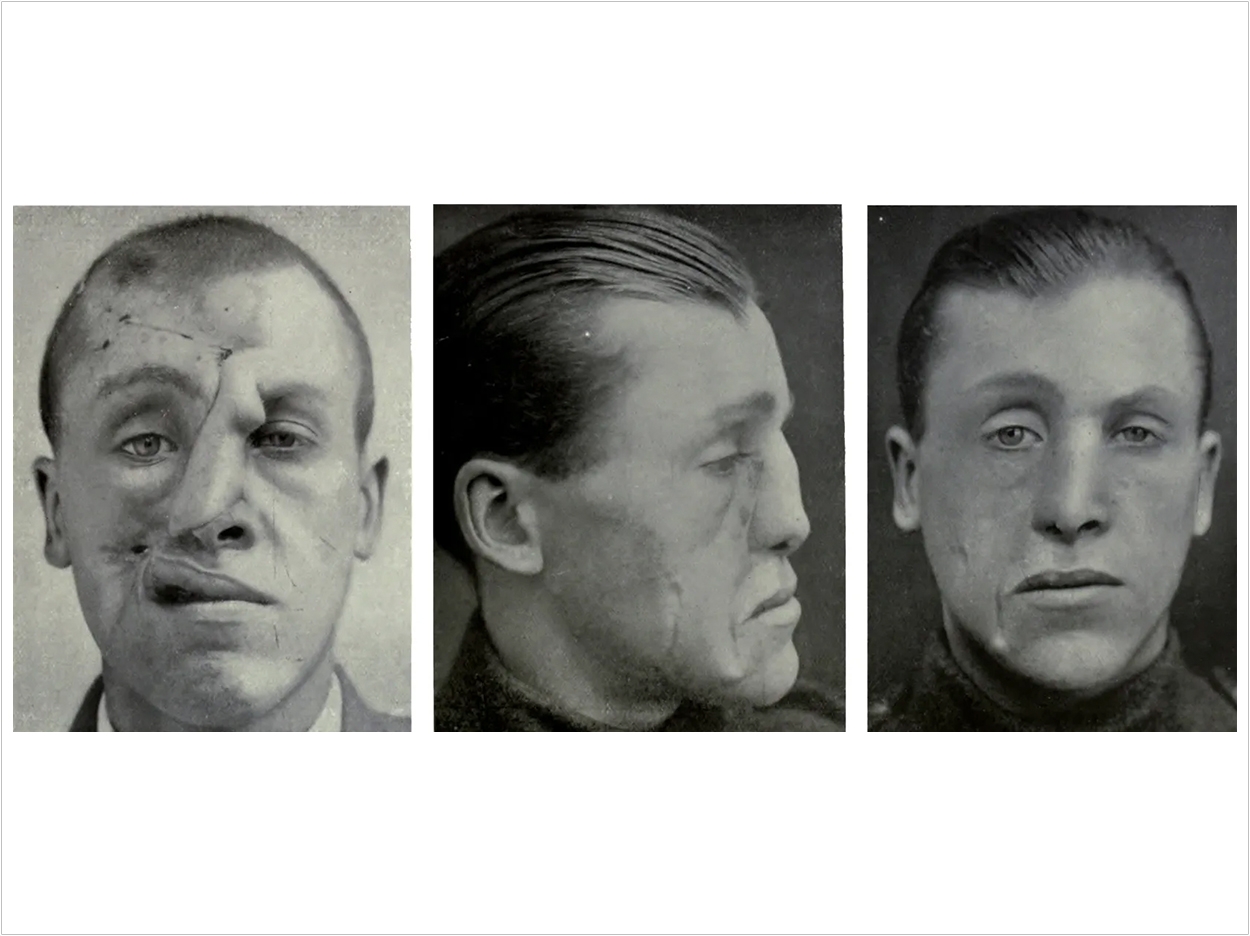
Shahid Aziz, DDS, has spent hours poring over the case histories of World War I soldiers who returned home with disfiguring facial injuries.
“The world had never seen this type of injury on such a large scale,” said Aziz, a professor of oral and maxillofacial surgery at the Rutgers School of Dental Medicine who treats many facial trauma patients. “Because this was trench warfare, the head was exposed, and many of the injuries occurred to the face.”
These facial injuries took a horrible social and psychological toll on veterans, the school reports, but modern day plastic surgery was born as a result. Doctors invented new techniques to repair the damage. The practices of stabilizing fractures through the use of wires and methods of reducing cheekbone fractures were among the innovations.
“Because there was such a volume of injuries, it laid down the foundations for facial reconstructions and created new ways of thinking about how to handle them,” said Aziz. “Anesthesia for trauma evolved. New instrumentation was designed. Some of the techniques we’re still using today.”
The evolution of the field during World War I was international, the school says. In Great Britain, pioneering plastic surgeon Harold Gillies helped establish a hospital devoted to treating facial injuries. Most of the patients were soldiers. German plastic surgeons also achieved breakthroughs, according to Aziz.
Aziz, who has published papers on the subject and has lectured internationally, became interested in World War I as a student at Harvard Dental School, which displayed casts of soldiers who suffered facial injuries. The casts belonged to alumnus Varaztad H. Kazanjian, one of the founders of modern plastic surgery, who was head of the Harvard dental unit stationed on the front lines in France during World War I.
“I’ve always been fascinated by the history of maxillofacial surgery,” said Aziz. “There’s a huge dental component in dealing with trauma.”
In addition to learning about medical histories, Aziz read letters from injured soldiers.
“Just studying the medical end, it can take you away from the personal side of things. Reading the letters, you really realize the impact this had. They were young men, only 18, 19, or 20. They had to return home with significant deformities and a long road to recovery ahead of them,” said Aziz.
Aziz hopes to someday write a book on the subject, but simply learning about the history has helped make him a better surgeon, he said.
“I always felt you need to learn about the past to move forward,” Aziz said.
Related Articles
Grants to Help Oral and Maxillofacial Surgeons Provide Needed Care
UAB Performs Alabama’s First “Jaw in a Day” Surgery
Face Transplant Rebuilds Jaw, Teeth, and Gums


